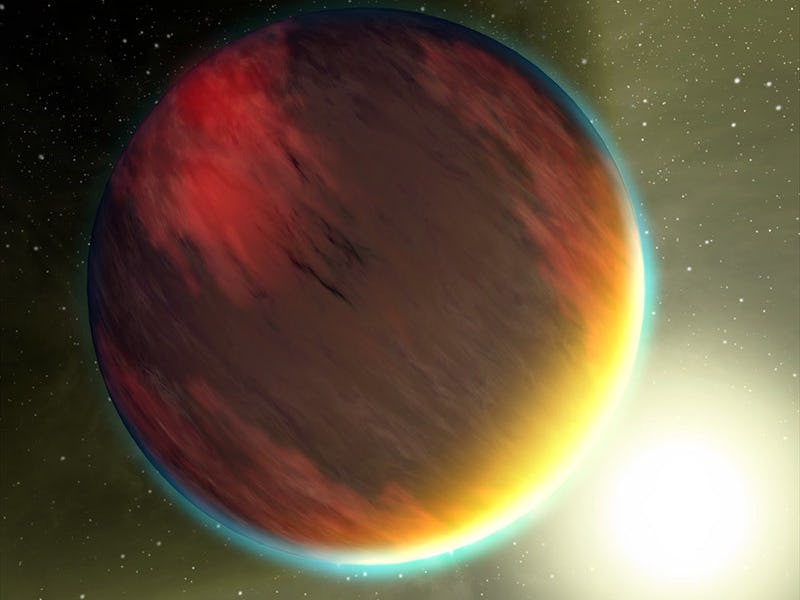The Atacama Large Millimeter Array would like you to now know that it does, in fact, have the range. The Chile-based instrument, which goes by ALMA, just got tricked out with new receivers that dramatically broaden the regions of the electromagnetic spectrum it’s capable of detecting. It will now allow scientists to observe faint signs of water across the universe — another step forward in our ongoing search for alien life.
ALMA has been observing just all kinds of things lately, but the newly installed Band 5 receiver should help it improve on an already impressive rate of return, data-wise. The receiver was developed by the Group for Advanced Receiver Development (GARD) at Onsala Space Observatory, Chalmers University of Technology, Sweden.
One of ALMA's fancy new Band 5 receivers.
“The new receivers will make it much easier to detect water, a prerequisite for life as we know it, in our Solar System and in more distant regions of our galaxy and beyond,” said European ALMA Programme Scientist Leonardo Testi in a press release. “They will also allow ALMA to search for ionised carbon in the primordial Universe.
We’re familiar with carbon as the building block for human life, and as we search for extant life we’ve seen strong evidence that carbon is a good breadcrumb to follow there, too.
ALMA itself is already situated in a particularly choice bit of real estate for finding water in the universe — a high-elevation arid plateau. Since there’s less water in that part of Earth’s atmosphere, there’s less of a chance that the instrument will confuse water emissions originating in space with something less exciting.
“It’s very exciting to see these first results from ALMA Band 5 using a limited set of antennas,” said team member Robert Laing of the European Southern Observatory in the press release. “In the future, the high sensitivity and angular resolution of the full ALMA array will allow us to make detailed studies of water in a wide range of objects including forming and evolved stars, the interstellar medium and regions close to supermassive black holes.”
